Nuclear Materials
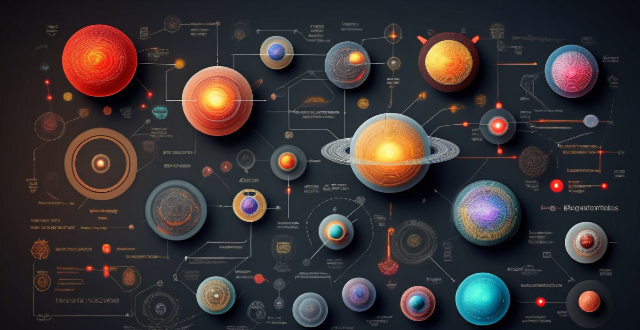
What are some emerging technologies or materials being developed for improved radiation protection ?
This article discusses various emerging technologies and materials being developed to improve radiation protection, including advanced shielding materials like nanomaterials and metal-organic frameworks (MOFs), smart detection systems for real-time monitoring and machine learning-powered analysis of radiation levels, personal protective equipment (PPE) such as next-generation spacesuits and radiation-resistant clothing, medical countermeasures like radioprotectants and gene therapy, and nuclear waste management solutions like Synroc and glassification. These advancements aim to enhance safety and security in environments where radiation is a concern, across sectors such as nuclear power generation, medical applications, space exploration, and nuclear waste management.
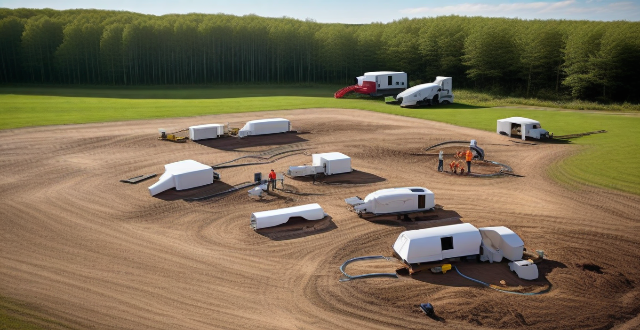
How does the use of nuclear energy impact radiation levels in the environment and what measures are taken to mitigate this ?
This article discusses the impact of nuclear energy on radiation levels in the environment, highlighting the release of radioactive materials through air emissions, liquid discharges, and solid waste disposal. It also outlines mitigation measures taken at different stages of the nuclear fuel cycle, including design and construction, operation and maintenance, waste management, and decommissioning and site restoration. The article emphasizes that significant measures are taken to ensure the safe and reliable use of nuclear energy as a source of power.
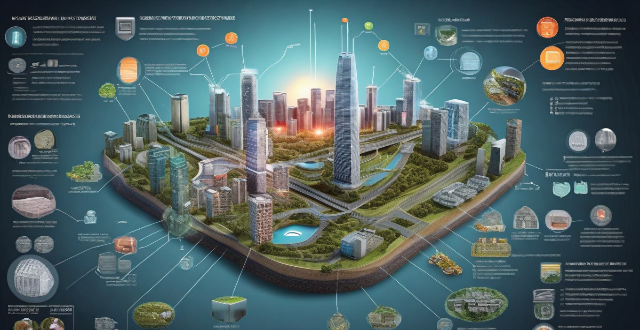
What is the future of nuclear energy in the energy market ?
The future of nuclear energy is promising, as it has advantages such as low carbon emissions, high energy density and baseload power. However, challenges like safety concerns, waste disposal, and high costs must be addressed. Increasing demand for clean energy, advances in technology, and integration with renewable sources can drive the growth of nuclear energy in the future.

What are the potential benefits and drawbacks of nuclear power in terms of climate change and energy security ?
Potential Benefits of Nuclear Power: - Low carbon emissions during operation, contributing to climate change mitigation. - High energy density of uranium enhances energy security by reducing reliance on imported fuels. - Ability to provide stable baseload power ensures reliability and energy security. Potential Drawbacks of Nuclear Power: - Significant GHG emissions from mining, refining uranium, plant construction, and decommissioning. - Long-lived radioactive waste poses challenges for climate change mitigation and environmental safety. - Risk of meltdowns and nuclear proliferation undermines energy security.
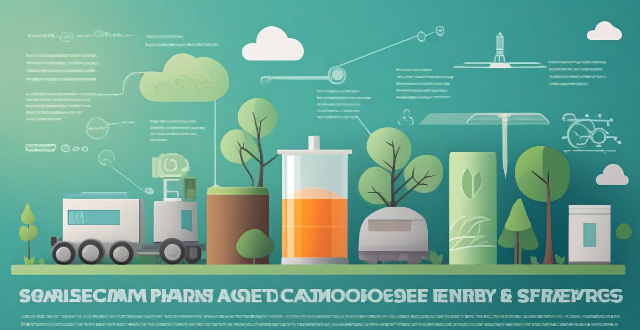
What role can nuclear power play in providing alternative energy solutions ?
Nuclear power is a low-carbon energy source that can contribute significantly to providing alternative energy solutions. It offers several advantages, such as low carbon emissions, high energy density, diverse fuel sources, waste management capabilities, economic benefits, job creation, and energy security. With its potential to reduce carbon emissions and mitigate climate change, nuclear power can play a crucial role in meeting our energy needs while also contributing to environmental sustainability.

Can you explain the concept of "radiation shielding" and its importance in radiation protection ?
Radiation shielding plays a critical role in radiation protection by using materials to absorb or deflect harmful radiation, thus reducing exposure levels. This concept is essential in industries such as nuclear power generation, medical imaging, and space exploration, where high radiation levels pose risks. Radiation shielding is important for human health protection, safety in nuclear facilities, medical applications, space exploration, and environmental conservation. Various materials are used for radiation shielding, including lead, concrete, water, polyethylene, tungsten, and boron, each effective against specific types of radiation.

How does protective clothing work to prevent exposure to hazardous materials ?
Protective clothing shields wearers from hazardous materials through barrier materials, sealed enclosures, breathability features, and disposability. Its effectiveness depends on proper training, fit, maintenance, and responsible disposal practices.

What materials are commonly used in ecological design, and why ?
This article discusses materials used in ecological design, including recycled and reclaimed materials such as recycled metals, reclaimed wood, and glass; sustainable materials like bamboo, cork, and linoleum; and low-impact materials such as concrete, insulation, and sheep's wool. It emphasizes that ecological design prioritizes materials with minimal environmental impact throughout their life cycle.

What materials are used to make durable iPhone cases ?
Durable iPhone cases are designed to protect your device from drops, scratches, and other types of damage. The materials used to make these cases play a crucial role in determining their durability and effectiveness. In this article, we will explore the different materials used to make durable iPhone cases and discuss their benefits and drawbacks.

How do smart fabrics and materials enhance sportswear ?
Smart fabrics and materials are revolutionizing sportswear by offering enhanced performance, comfort, and functionality. They provide moisture-wicking ability, breathability, stretchability, durability, and antimicrobial properties. These features help athletes stay dry, comfortable, flexible, durable, and hygienic during intense workouts or competitions. Overall, smart fabrics and materials play a crucial role in enhancing sportswear, providing athletes with improved comfort, performance, and functionality.

What are some good tools for creating and sharing study materials ?
This article discusses various tools that can be used for creating and sharing study materials. Google Docs, Canva, and Quizlet are some of the best tools for creating study materials, while Dropbox, Padlet, and Edmodo are great for sharing them. These tools offer features like collaboration, accessibility, integration, design, gamification, storage, security, visualization, educational focus, and assessment. By utilizing these tools, students can enhance their learning experience and collaborate with others more efficiently.

What is the future of biodegradable materials in sports apparel ?
The article explores the future of biodegradable materials in sports apparel, highlighting their benefits and challenges. Biodegradable materials offer environmental benefits by reducing waste and pollution, supporting sustainable practices, and providing new opportunities for innovation in sports apparel design and functionality. However, they also face challenges such as cost, durability, and availability. The article suggests potential applications of biodegradable materials in sports apparel, including running shoes, activewear, team uniforms, and accessories. It concludes that while challenges must be addressed, the benefits of using biodegradable materials make them an attractive option for sports apparel manufacturers looking to reduce their environmental impact and appeal to eco-conscious consumers.

What is the impact of lightweight materials on athletic performance ?
The article discusses the impact of lightweight materials on athletic performance, highlighting their benefits and potential drawbacks. Lightweight materials can improve speed, agility, comfort, durability, performance, and precision in sports equipment and apparel. However, they often come at a higher cost and may not be widely available or easily obtainable. Durability concerns and comfort trade-offs should also be considered when selecting lightweight materials for sports equipment and apparel. Overall, athletes should carefully weigh these factors to make informed decisions that maximize their performance while minimizing any potential risks or drawbacks associated with lightweight materials.

What are the most common materials used in the production of protective clothing ?
Protective clothing is designed to safeguard individuals from hazardous environments or conditions. The materials used for such garments play a crucial role in providing the necessary protection while ensuring comfort and functionality. In this article, we will explore the most common materials used in the production of protective clothing: Polyester, Cotton, Nylon, Neoprene, and Gore-Tex.

How have advancements in materials science impacted sports equipment design ?
Advancements in materials science have significantly impacted sports equipment design, improving durability, performance, safety, comfort, and customization. Examples include carbon fiber bats, advanced composite tennis racquets, titanium golf clubs, aerodynamic cycling helmets, shock-absorbing running shoes, breathable athletic apparel, customized orthotics, and personalized mouthguards. These innovations not only enhance the athletes' performance but also reduce waste, making it an environmentally friendly option.

What are some emerging trends in the field of energy storage materials research ?
The text discusses the latest trends in energy storage materials research, focusing on solid-state batteries, flow batteries, metal-air batteries, supercapacitors, redox flow batteries, hybrid energy storage systems, nanostructured materials, smart grid integration, thermal energy storage, and organic/bio-based materials. Each section provides a brief overview of the technology's advantages and current research challenges.

What new materials are being used in the production of sports equipment ?
The sports industry is constantly evolving, and with that evolution comes the introduction of new materials used in the production of sports equipment. These materials are designed to enhance performance, increase durability, and improve safety for athletes. Some of the latest materials being used in sports equipment production include carbon fiber, titanium, aerogel, Kevlar, and polyurethane foam. Carbon fiber is lightweight yet incredibly strong, making it ideal for use in items such as bicycle frames, tennis rackets, and golf clubs. Titanium is lightweight, corrosion-resistant, and extremely durable. Aerogel is incredibly light yet strong enough to support significant weight. Kevlar is known for its exceptional strength and heat resistance. Polyurethane foam provides excellent cushioning and shock absorption properties. As technology advances and athletes demand better performance from their gear, we can expect to see even more innovative materials being developed and incorporated into sports equipment production.

Can speed reading be applied to all types of texts, including technical and academic materials ?
Speed reading can be applied to all types of texts, including technical and academic materials, but it is important to consider the challenges associated with these types of texts. While speed reading offers time-saving and comprehension improvement advantages, technical and academic materials often contain complex terminology and concepts that require careful consideration and analysis. To effectively apply speed reading to these materials, individuals can employ pre-reading strategies such as previewing and setting objectives, during reading strategies like skimming and scanning, and post-reading strategies including reviewing and summarizing. By using these strategies, readers can maximize the benefits of speed reading while still achieving a deep level of comprehension.

What innovative materials and technologies are being used in modern construction to address climate challenges ?
Innovative materials and technologies in modern construction are being used to address climate challenges. These include green building materials, energy-efficient technologies, water efficiency solutions, and waste management strategies. Recycled materials, eco-friendly insulation, low-emission coatings, solar power systems, smart building management, high-performance glass, rainwater harvesting systems, water-saving fixtures, on-site recycling centers, and waste-to-energy technologies are among the key solutions being adopted. These advancements aim to reduce the environmental impact of buildings, improve energy efficiency, and enhance sustainability.

What are the most effective ways to protect against radiation exposure ?
Radiation exposure can be harmful to our health, and it is essential to take measures to protect ourselves from its effects. Here are some of the most effective ways to protect against radiation exposure, including using shielding materials, maintaining a safe distance, wearing protective clothing, following safety guidelines, getting regular check-ups, eating a healthy diet, and staying informed.
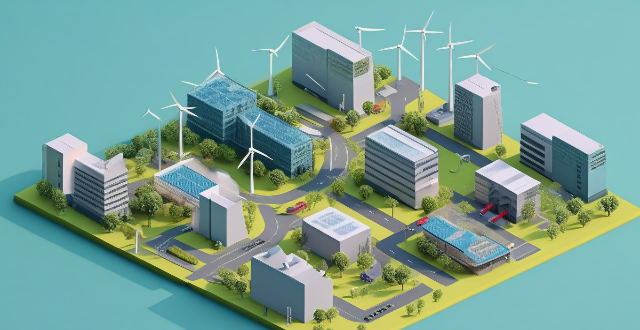
What innovative technologies are being developed to counteract climate change ?
Innovative technologies being developed to combat climate change include carbon capture and storage, renewable energy sources such as solar, wind, hydroelectric, and geothermal power, electric vehicles with advanced battery technology, smart grids, artificial photosynthesis, biofuels, nuclear power, geoengineering, green building design, afforestation and reforestation, sustainable agriculture, waste management and recycling, blue-green infrastructure, circular economy practices, digital innovations in energy management, eco-friendly transportation options, solar fuels, and strategies to mitigate urban heat island effects. These approaches aim to reduce greenhouse gas emissions, enhance energy efficiency, and promote the use of sustainable resources to address global warming and its impacts on the environment.

Can green packaging reduce waste and pollution ?
Green packaging aims to reduce environmental impact by using sustainable materials. It can decrease landfill waste, energy consumption, and pollution but faces challenges like cost, durability, and recycling infrastructure. To maximize its benefits, companies should research eco-friendly materials, design recyclable packages, educate consumers, collaborate with stakeholders, and continuously monitor their practices.
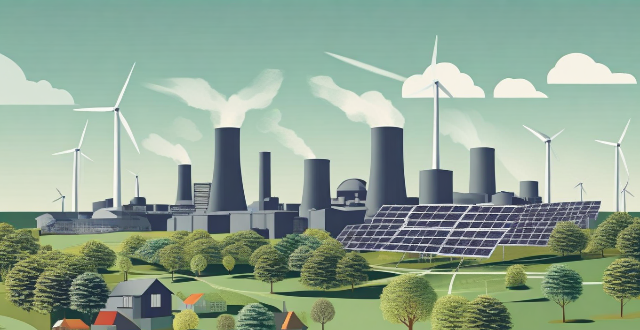
What are the alternatives to fossil fuels for energy production ?
The article discusses various alternatives to fossil fuels for energy production, including solar energy, wind energy, hydroelectric power, geothermal energy, biomass energy, and nuclear energy. It explains the working principles of each alternative and their advantages and disadvantages. The main advantage of these alternatives is that they produce clean energy with minimal greenhouse gas emissions, reducing the impact on the environment and climate change. However, some of them require significant investment and infrastructure development, while others have safety concerns or limited availability. Overall, the article highlights the potential of these alternatives in providing sustainable and reliable sources of energy for the future.
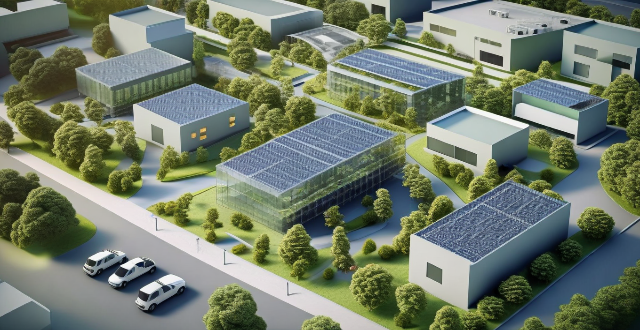
What innovative technologies are being developed to mitigate the effects of global warming ?
Innovative technologies are being developed to mitigate global warming and reduce greenhouse gas emissions. These include renewable energy sources, carbon capture and storage, nuclear fusion, electric vehicles, smart grid technology, afforestation and reforestation, energy efficiency improvements, biofuels and bioenergy, green building design, and climate engineering. Each of these technologies offers unique benefits and challenges in addressing the pressing issue of global warming.

What are the safety regulations for handling hazardous materials ?
The text provides a topic summary on safety regulations for handling hazardous materials, which are crucial to prevent accidents and protect workers, the environment, and the public. The key safety regulations discussed include personal protective equipment (PPE), storage and handling, transportation, disposal, and emergency response. Wearing appropriate PPE, storing hazardous materials in designated areas or containers, following transportation regulations, disposing of hazardous materials according to local, state, and federal regulations, having an emergency response plan in place, and reporting any accidents or spills involving hazardous materials to appropriate authorities are some of the essential guidelines for safe handling of hazardous materials. By following these guidelines, organizations can minimize the risk of accidents and ensure the safe handling of hazardous materials.
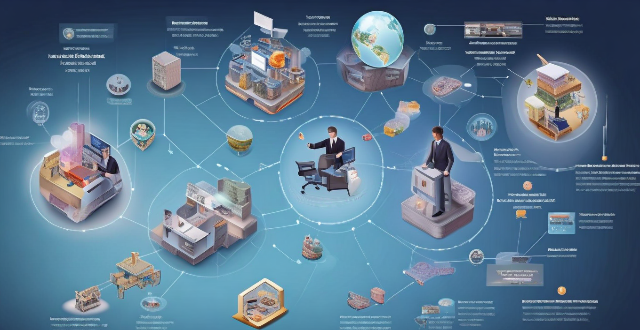
What challenges need to be overcome to create a sustainable lunar base ?
Building a sustainable lunar base presents significant challenges in logistics, environment, technology, and human factors. These include reliable transportation, remote construction, surviving extreme conditions, power generation, effective communication, habitability concerns, health care, and team dynamics. Addressing these issues will require innovative solutions and international collaboration, ultimately paving the way for deeper space exploration.